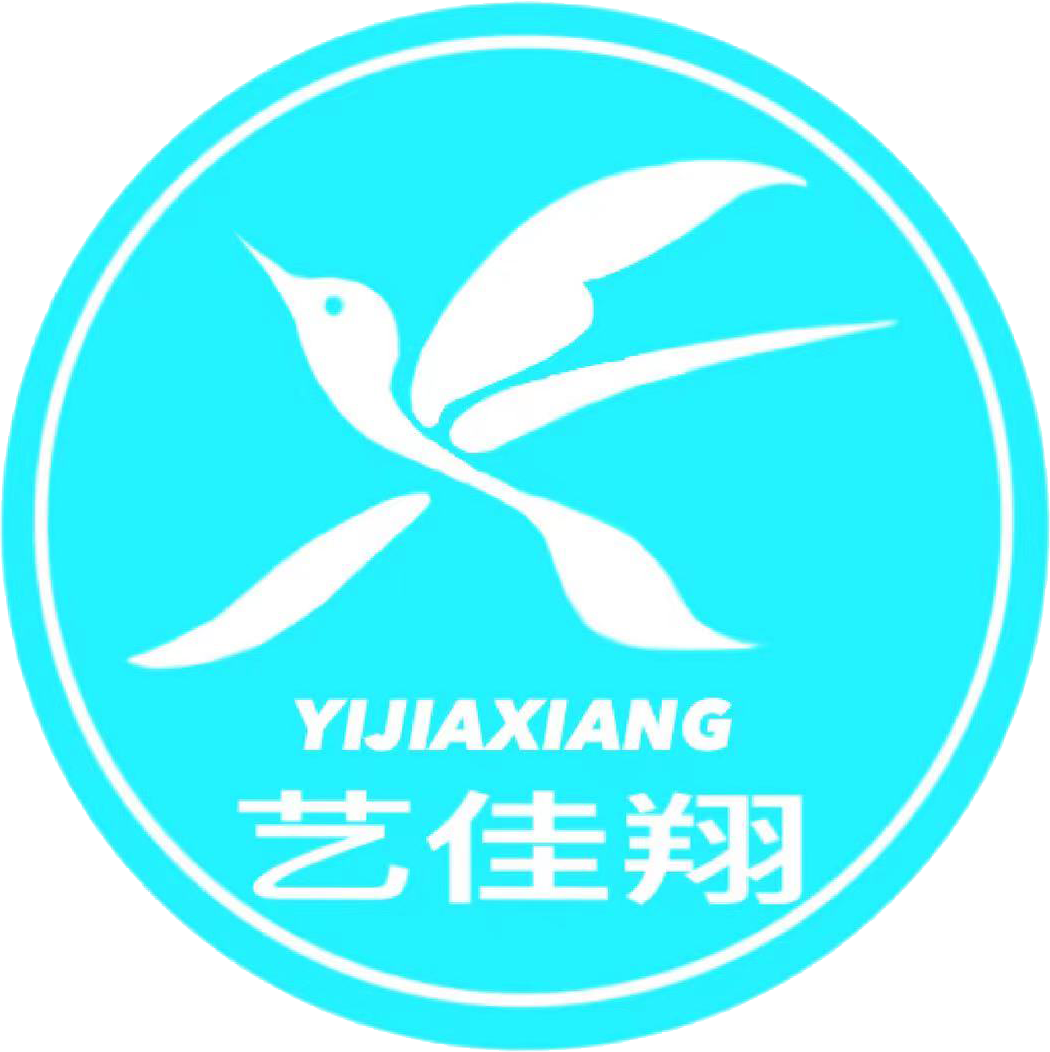27
2025
-
06
Exploring Silicone Printing: A Versatile Technique for Textile Applications
Silicone printing, often recognized for its vibrant colors and durability, is a unique method used to apply designs onto textiles using silicone-based inks. Unlike traditional water-based or plastisol inks, silicone inks offer a range of benefits that make them particularly appealing in the textile industry.
One of the primary advantages of silicone printing is its exceptional flexibility. The silicone material retains its elasticity, allowing the printed designs to stretch alongside the fabric. This characteristic is particularly valuable for applications in activewear, swimwear, and other garments where movement is essential. Additionally, the durability of silicone inks ensures that prints withstand multiple washes without fading or cracking, thereby prolonging the life of the garment.
Another notable feature of silicone printing is its ability to adhere to a variety of fabric types, including synthetic materials like polyester and nylon, as well as natural fibers such as cotton. This versatility makes silicone printing a preferred choice for designers looking to create unique textile products. Furthermore, silicone inks are generally more resistant to UV exposure and environmental elements, making them suitable for outdoor textiles and apparel.
Silicone printing also promotes eco-friendliness. While traditional inks may contain harmful solvents, silicone inks are often water-based and free of hazardous chemicals, aligning with the growing demand for sustainable textile manufacturing practices. This shift not only caters to environmentally conscious consumers but also helps brands comply with regulations related to chemical usage in textiles.
However, professionals considering silicone printing should be aware of certain factors. The initial setup for silicone printing may require specialized equipment and inks, which could influence startup costs. Additionally, achieving optimal results may necessitate specific curing temperatures and times, which can vary based on the fabric and ink used. Understanding these parameters is crucial to ensuring high-quality prints and maintaining efficiency in production.
In conclusion, silicone printing is a dynamic and effective method for producing vibrant and durable textile designs. With its flexibility, adherence to various materials, and eco-friendly properties, it stands out as a valuable option for professionals in the textile industry. As the demand for innovative and sustainable textile solutions continues to rise, exploring techniques such as silicone printing can provide a competitive edge in an ever-evolving market.
One of the primary advantages of silicone printing is its exceptional flexibility. The silicone material retains its elasticity, allowing the printed designs to stretch alongside the fabric. This characteristic is particularly valuable for applications in activewear, swimwear, and other garments where movement is essential. Additionally, the durability of silicone inks ensures that prints withstand multiple washes without fading or cracking, thereby prolonging the life of the garment.
Another notable feature of silicone printing is its ability to adhere to a variety of fabric types, including synthetic materials like polyester and nylon, as well as natural fibers such as cotton. This versatility makes silicone printing a preferred choice for designers looking to create unique textile products. Furthermore, silicone inks are generally more resistant to UV exposure and environmental elements, making them suitable for outdoor textiles and apparel.
Silicone printing also promotes eco-friendliness. While traditional inks may contain harmful solvents, silicone inks are often water-based and free of hazardous chemicals, aligning with the growing demand for sustainable textile manufacturing practices. This shift not only caters to environmentally conscious consumers but also helps brands comply with regulations related to chemical usage in textiles.
However, professionals considering silicone printing should be aware of certain factors. The initial setup for silicone printing may require specialized equipment and inks, which could influence startup costs. Additionally, achieving optimal results may necessitate specific curing temperatures and times, which can vary based on the fabric and ink used. Understanding these parameters is crucial to ensuring high-quality prints and maintaining efficiency in production.
In conclusion, silicone printing is a dynamic and effective method for producing vibrant and durable textile designs. With its flexibility, adherence to various materials, and eco-friendly properties, it stands out as a valuable option for professionals in the textile industry. As the demand for innovative and sustainable textile solutions continues to rise, exploring techniques such as silicone printing can provide a competitive edge in an ever-evolving market.
silicone printing
Previous Page
Previous Page

Telephone:18850529927

Mailbox:87339004@qq.com

Address: Room 401, No. 90 Huliyuan, Tong 'an District, Xiamen City

WeChat QR
Copyright©2023 Xiamen Shunyi Xingyuan Industry and Trade Co., Ltd.SEO Tags

 Language
Language






